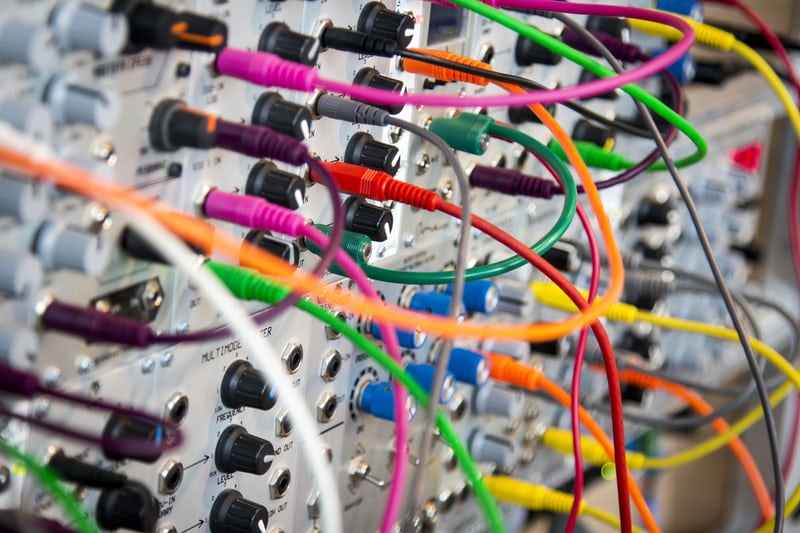Electrical systems are the basis of nearly every single organisation on the planet.

But how often do organisations carry out a simple audit to verify there are no issues? What most of us take for granted when systems work is that there are no issues that are not yet causing problems. This is the kind of thing that electrical systems inspection can find before it does become a problem.
Electrical systems inspection is a term that can be applied to a safety inspection of electrical lighting wiring, the dashboard of your agricultural machinery or a step in a vehicle pre-start check. Because it is just so broad, it’s important to realise that this can mean different things in different circumstances. The overriding issue of electrical failures is that the issues causing them can sometimes be found before they cause the breakdown. This clearly demonstrates that not only are electrical systems inspections important for a safety standpoint, but that they also represent an important check to prevent unnecessary budget allocation to replacements or repairs. Electrical systems inspection, in its broad nature best fits with a broad and customisable inspection solution; today that is being provided through electronic reporting. Digital inspection solutions allow inspectors to carry out electrical systems inspection using mobile devices in the form of tablets or smartphones. By recording data on the inspection application, many issues can be identified earlier and hence actions can be taken to mitigate the issues if necessary.
Perhaps the biggest bonus of using electronic reporting to inspect electrical systems is that it makes the process easier. Electrical circuits often have values that showcase how a system is performing, or at times showcase visuals. These can be recorded easier on an electronic reporting solution due to the fact that they can record values or visuals using speech-to-text, images (via the device camera), or through standardised response checklists. This makes the process much less tedious as it is instantly quicker to record values that may the same or are difficult to capture with a pen and paper.






